
Recently I had cause to sit in the emergency department of a major hospital for about 8 hours through the night. It occurred to me that some people were there for urgent help, and a lot of people were there because they wanted to know something more about their health situation and didn't have another option. Guess there were others who stayed home unwell, wondering what to do.
The health industry is under pressure, but there is one powerful way we can help ourselves be more self-aware about health decisions, reduce incidents, and know when to get help earlier.
Health professionals may not have time to spare with all of us, but they have made medical-grade health technology so we can help ourselves a bit more. Think of it like a first aid kit with devices.
We wouldn't wander the streets to find where a business was, we use Google Maps because it's faster, directs us to where we need to go, and is more accurate.
It's the same for the medical technology available to us today at home.
Whether you're feeling unwell, monitoring a health condition, wanting to share what's happened with your doctor, or recovering after treatment, there is some good health technology available.
Record Temperature (to see if you might have an infection)
..to name a few.
Health technology has been shown to increase self-education and awareness, prevent and predict conditions, reduce hospitalizations, and accelerate at-home recovery.
Please always seek medical advice and go to the hospital when needed. Technology should not be considered a lifesaving device as it can be left unworn, uncharged, or unread and will not detect a heart attack. Research devices for approvals and accuracy, and follow instructions.
Here's more information on measures you can take and consumer health tech you might want to have on hand at home.
1. Measure Temperature

When you wake up in the night feeling unwell, or are sitting at the breakfast bar with uneaten toast trying to decide if they or you should go to school or work, it can be valuable to get some data on the situation.
A digital thermometer is a fast, non-invasive way to gather information, and track the progress of a health concern over a period of time (eg. during the night). Getting a reading can help you assess what's going on, or if you should advance to medical help or medication.
You may want to share the information with a doctor, hospital, or during a telehealth consultation - especially in conjunction with other signs or symptoms.
Top digital thermometers are approved by medical authorities, contain advanced sensors (up to 16), track and store temperature history for multiple family members, and may enable you to make a note against the reading to explain the circumstances.
Click the image above to expand and read about each product.
Did you know?
Body temperatures vary from person to person, with the average being approx 37 Celcius / 98.6 Farhenheit.
A fever is a temporary rise in body temperature and is often an indication your body is fighting by an infection. (Source, Mayo). It's your immune system's way of increasing your body’s temperature, a fever makes it harder for the bacteria and viruses that cause infections to survive. (Source NHS)
2. Measure Blood Oxygen Saturation

A basic building block of health is getting oxygen, via your blood, distributed throughout your body. If you're experiencing a health concern, like flu, cold, asthma, or COVID, you can use a fingertip clip called a pulse oximeter, to understand if you're body is struggling to distribute oxygen.
An oximeter reading indicates what percentage of your blood is saturated with oxygen, known as the SpO2 level, as well as your heart rate. A healthy oxygen saturation level is between 95% - 100%. (Source Medical News Today & CDC.)
Low blood oxygen saturation levels indicate that your lungs and/or circulatory system may not be distributing oxygen well enough, resulting in trouble breathing, confusion, or more serious issues if cells are deprived of oxygen to work properly. This might be due to a breathing problem or brought on by poor air quality, nausea, vomiting, problems with your heart, or some kind of accident. (Source Cleveland Clinic).
During COVID, many hospitals sent one of these home to high-risk patients. Taking this reading is one of the first things done by hospitals to determine if your blood is able to provide the right levels of oxygen.
Most pulse oximeters measure heart rate and blood oxygen saturation levels, either via a quick test or continuous monitoring. It’s a quick, harmless, and low-cost way to check if you or a family member has blood oxygen levels that are too low, or as a sign of concern if they are falling during an illness.
Click the image above to expand and read about each product.
Did you know?
The amount of oxygen in your blood is your blood oxygen level. Your body needs a certain amount of oxygen in order to function properly, and low blood oxygen levels can lead to serious complications. (Source Cleveland Clinic)
3. Measure Blood Pressure

For those with a concern about their heart or blood pressure, you may want to measure blood pressure at home in between visits with your doctor.
A blood pressure test measures the pressure in the arteries as the heart pumps. It may be done by a professional as a part of a routine health checkup or as a screening for high blood pressure (hypertension). (Source Mayo Clinic)
A test has the benefits of increasing self-awareness and good habits, tracking trends, and may help to decide when to see a specialist. It can be a good idea to keep track of your blood pressure in logs over time. Having one handy means you, your family, or carers can test as part of a routine eg nightly or weekly, or during changes to medication for example.
There are many choices of blood pressure monitors to check your blood pressure at home.
Always consult your doctor, and remember tests are not a substitute for medical advice. Some devices indicate whether the reading is broadly above or below normal, or above or below your previous history.
Click the image above to expand and read about each product. You can interact will all heart health products, here.
Did you know?
You can check a general indication of blood pressure ranges across the population here. (Source American College of Cardiology; America Heart Association).
Note, to take blood pressure, there mostly needs to be an inflatable cuff on the device. Smartwatches may be able o take an ECG, with some now having the ability to take blood pressure in a different way, using all the measures it collects relating to the heart and interpreting blood pressure from an intelligent algorithm. Oximeters can take heart rate, but not read blood pressure. [There's one watch (Omron) that does have an innovative inflatable cuff, but most smartwatches don't take blood pressure.]
4. Take an ECG/EKG
If you're aware of a heart concern and have followed your doctor's advice to the letter, you may still have periods of worry between visits, at home, or while waiting for a coffee thinking it's on your mind. (Always seek urgent medical advice if you have a concern!).
A doctor may have recommended an electrocardiogram -- also called an EKG or ECG -- as a test to check for signs of heart disease. It records the electrical activity of your heart. (Source Web MD).
There are different types of EKGs, which check things like heart rhythm, and blood flows to your heart muscle, or detect other abnormalities.
A Holter monitor is something your doctor might give you to wear continuously for 1-2 days.
If you experience concerns occasionally or randomly, you may want the peace of mind of your own ECG testing device so that you can push a button when you get symptoms and see if you can get a reading on the monitor/screen.
This might be a device you carry, keep at home, or wear. The most widely available consumer device with an approved ECG measurement is the Apple Watch or Withings Scan Watch.
There is a range of regulator-approved consumer devices, backed up by clinical studies, that gives you the opportunity to take an ECG at home, or when you notice symptoms. You can store and share the results.
Click the image above to expand and read about each product.
Importantly, note that ECGs can not detect a heart attack, stroke, or blood clots. They do not take the place of hospital-grade equipment. Always consult your doctor and seek medical advice.
Did you know?
If you have an Apple Watch, here you can see how to install the ECG App, take a reading and view the results. (How the ECG app works). You can also tap the reading to share a PDF with your doctor.
5. Track Sleep & Respiration

Ok so you're going to bed but waking up tired. Thinking slower or confused. A lower overall immune system. There are low-cost ways to help understand what's going on.
Reduced sleep and sleep quality can have an effect on memory, concentration, mood changes, weight gain, balance, weakened immunity, high blood pressure, the risk for diabetes, and lead to poor mental health, falls, and inattention. (Source, Healthline). There is ongoing research to evaluate the impact of poor sleep and an increased risk of dementia. (Source WebMd).
There is much shared by the experts on natural ways to improve sleep, such as going to bed earlier, reducing screen time, limiting alcohol, having the right amount of darkness and quiet, and practicing mindfulness.
It may also be that fatigue is caused by restlessness, poor sleep quality, or reduced oxygen intake (eg sleep apnea) that you may not know about, or know how to help.
Measuring Sleep & Breathing
If you'd like to understand your sleep quality, heart rate, and levels of oxygen, consumer products are available such as an oxygen ring. These devices can measure, store and track trends over time, with features like vibrating or sounding an alarm to wake you up if your breathing rate gets too low.
Capturing this data can help to understand how to get the best sleep. It can also help understand when and why poor sleep or low oxygen occurs, allow you to share with your doctor for follow-up (eg a sleep apnea test or sleep clinic), or make changes to lifestyles such as medication, weight, or intake. Sizes vary for adults or children.
Devices include rings worn on a finger, bracelets with a wrist or foot strap, smartwatches worn while sleeping, sleep mats, or apps. Always check the medical approvals and accuracy levels, if medical grade outputs are required.
Click the image above to expand and read about each product.
Improving Sleep Quality
New devices are available to assist with improving sleep quality, such as the Google Nest which wakes you at the right time, or the newly announced Amazon Halo Sense range.
For example, the Google Sleep sensing feature works on a home hub placed by your bed. It analyses sleep and movement without wearing anything special and can measure temperature and light in the bedroom, and detect sounds like snoring and coughing. It can give you a report out on sleep quality, and make suggestions for when to wake up or how to improve your sleep. There's no camera, and sensing can be turned off, though read the privacy and data settings to make sure you're comfortable with your rights.
6. Detect Seizures

A seizure is a burst of uncontrolled electrical activity between brain cells (also called neurons or nerve cells) that causes temporary abnormalities in muscle tone or movements (stiffness, twitching or limpness), behaviors, sensations, or states of awareness. Seizures are not all alike. A seizure can be a single event due to an acute cause, such as medication. When a person has recurring seizures, this is known as epilepsy. (Source John Hopkins Medicine) . Around 50m people have epilepsy. (Source World Health Organisation). According to research, there is also a correlation between an increased likelihood of Autism and Seizure disorders (Source Autism.org).
According to the Mayo Clinic: "Seizures are more common than you might think. Seizures can happen after a stroke, a closed head injury, an infection such as meningitis or another illness. Many times, though, the cause of a seizure is unknown."
Managing seizures can have an impact on daily life, due to their unexpected timing and what else may occur such as a fall.
Consumer health technology devices are emerging to help detect, record, and alert others if a seizure occurs. The 3 main devices available for consumers include the following. There are home devices and tests that can be prescribed by a medical doctor, such as Seer Medical.
Click the image above to expand and read about each product.
Other Health Technology Products to Help Keep You & Your Family Healthy

7. Calm Congestion
Simple devices such as inhalers, humidifiers or nebulisers may assist to soothe temporary coughs, allergies, congestion clear nasal, sinus, and throat passages, or ingest the medication.
Click the image above to expand and read about each product.
8. Maintaining a Health Weight
To help maintain a healthy weight and track it over time, weight scales can record and store weight. These trends might be helpful if taking medication, managing a health condition or for general awareness to support healthy choices.
Click the image above to expand and read about each product.
How We Choose the Products
helloEd is a Health technology marketplace that believes it's time to rethink what's possible for people of all ages when combining care and the world's best health-related technologies.
We believe instead of thinking about what choices may have been taken away from you, we can help you consider new options. We scan the world for technology types, products, and providers, and match them to health conditions. We can not ensure products will meet individual needs.
We use an algorithm that finds and assesses the products on a range of factors, including the following. Not all products rate at the top on all measures.

We're independent, and don't offer any products of our own. Products are selected by our algorithm, following which time if a partner program is available, we may participate (and this is indicated when browsing product information). Wherever possible, we provide multiple options.
Always read the product information, do your research, and contact the supplier for more information should you need it. Always follow the advice of your medical professional, contact a doctor or visit a hospital if you have symptoms or need help.








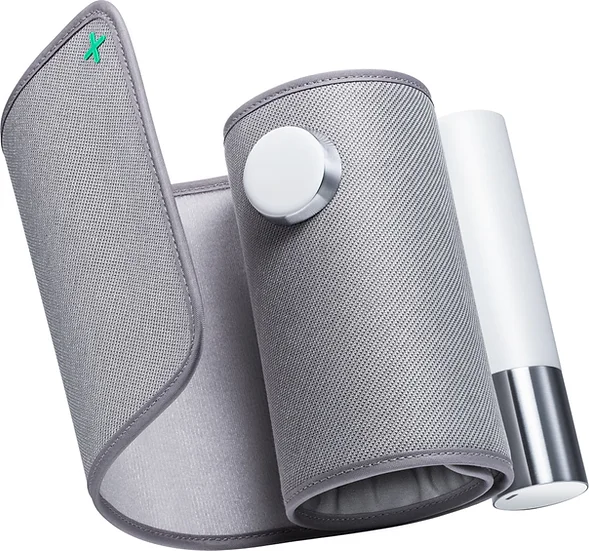
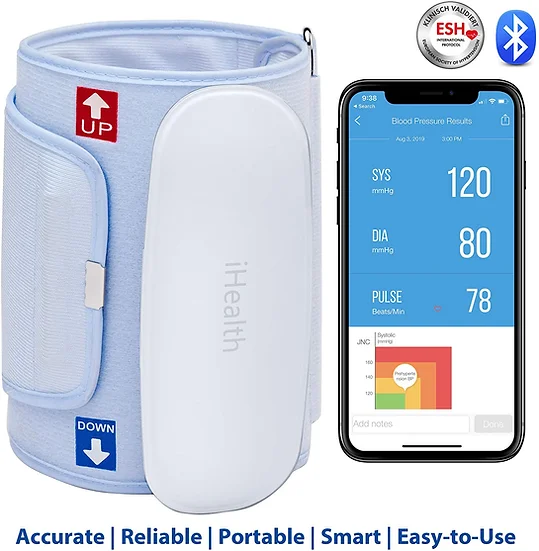
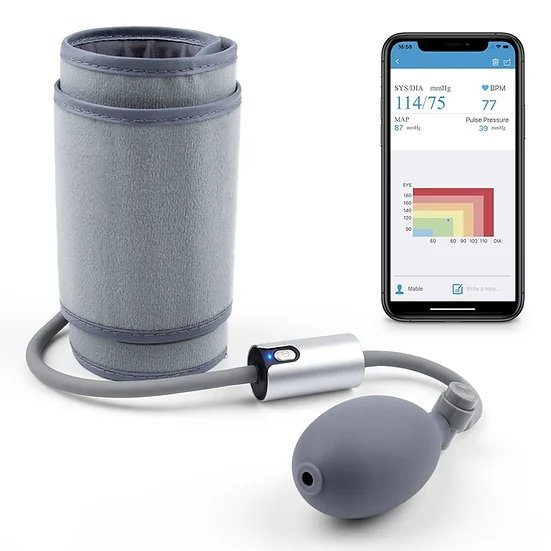

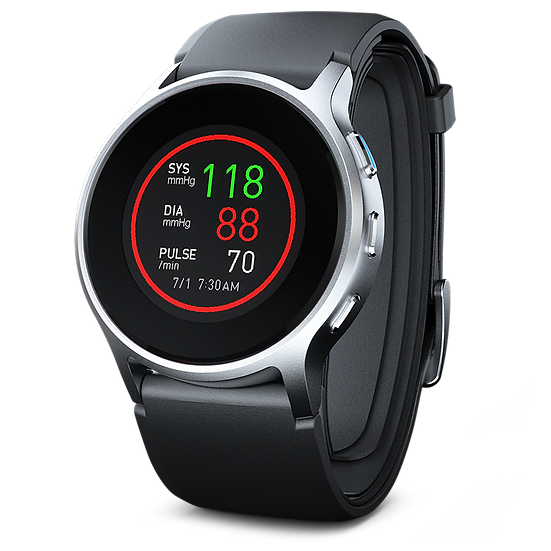
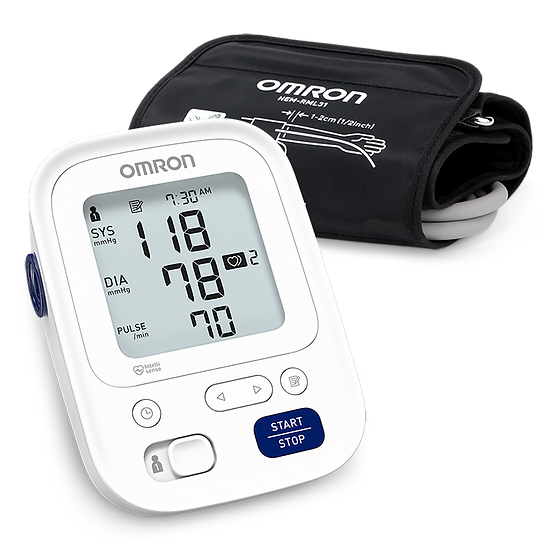

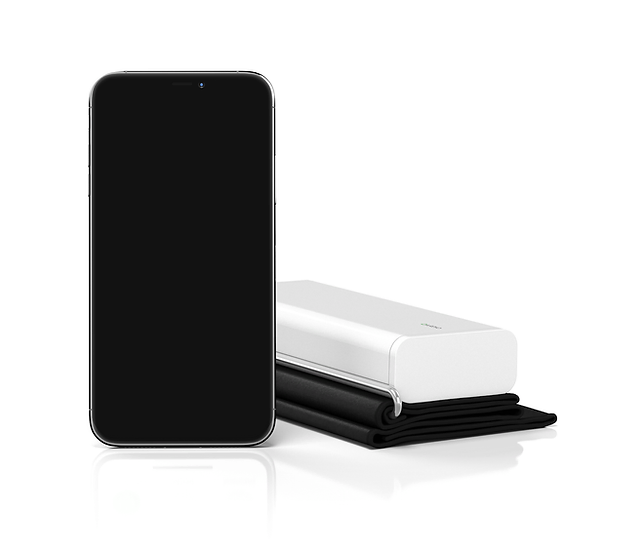

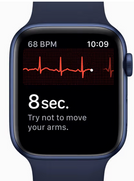


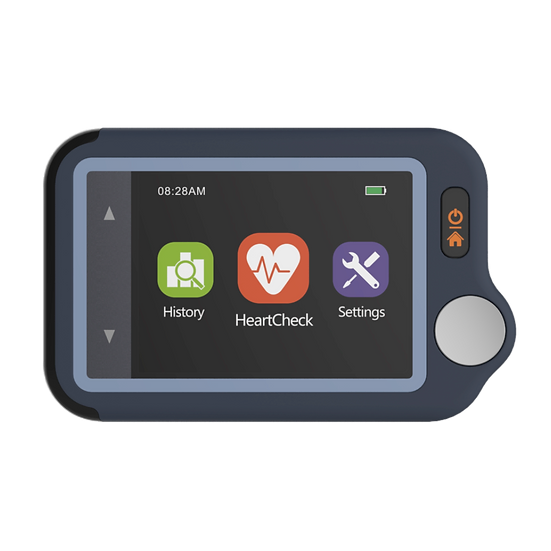








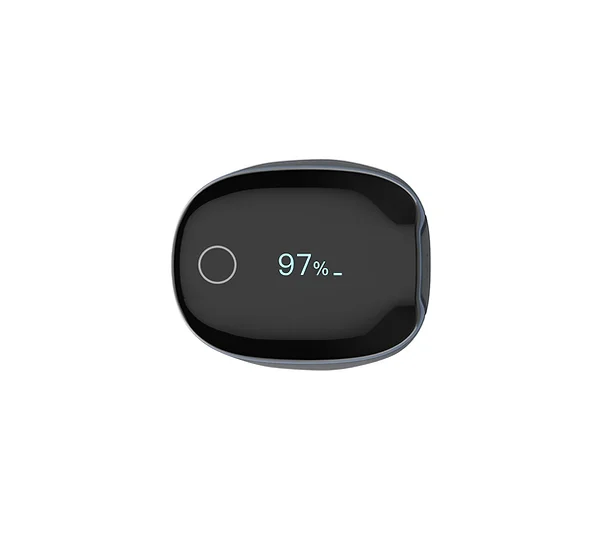



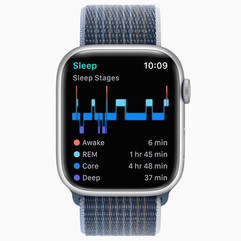

















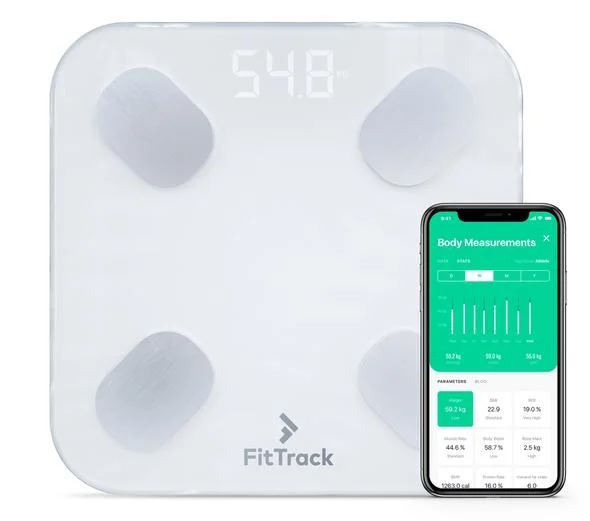
In addition to companionship, the Hotel Maidens Escort service provides extra facilities such as romantic dinner packages and private gatherings to enhance the overall experience of the guests in case they are there to celebrate some special moment.
Experience unparalleled comfort and support with the Posture Perfect Chair from CoreChair, designed to improve spinal alignment and enhance your overall sitting experience. This revolutionary chair promotes active sitting, helping you stay energized and reduce back pain throughout the day. Learn more about its benefits at CoreChair’sdetailed guide.
Discover the benefits of a breast lift with fat transfer, an increasingly popular choice for those seeking natural-looking enhancement. This article explains how fat transfer can add volume, while the lift rejuvenates the breast shape, providing a balanced and aesthetic outcome.